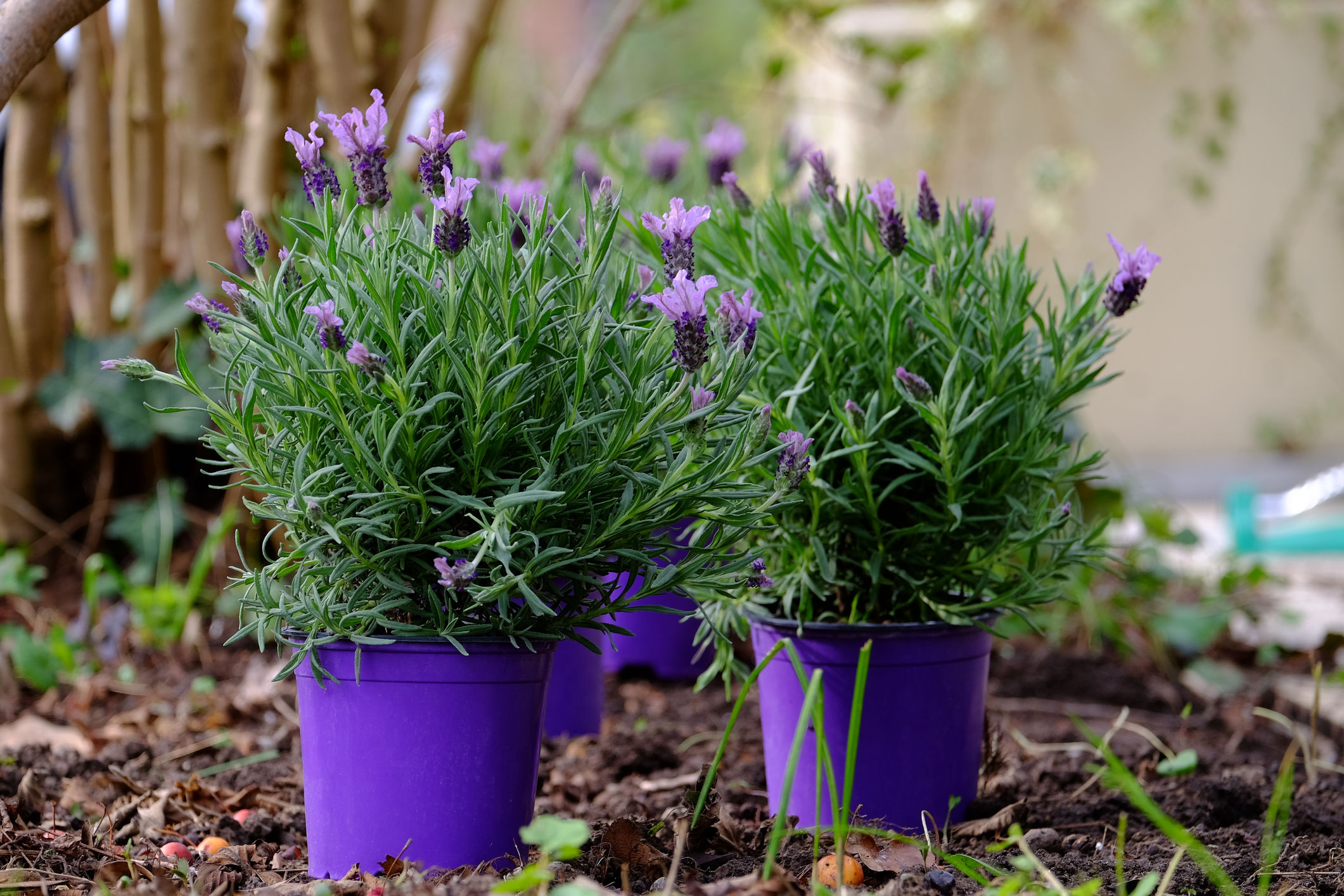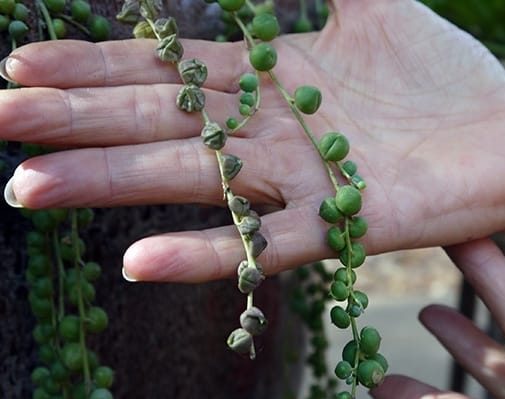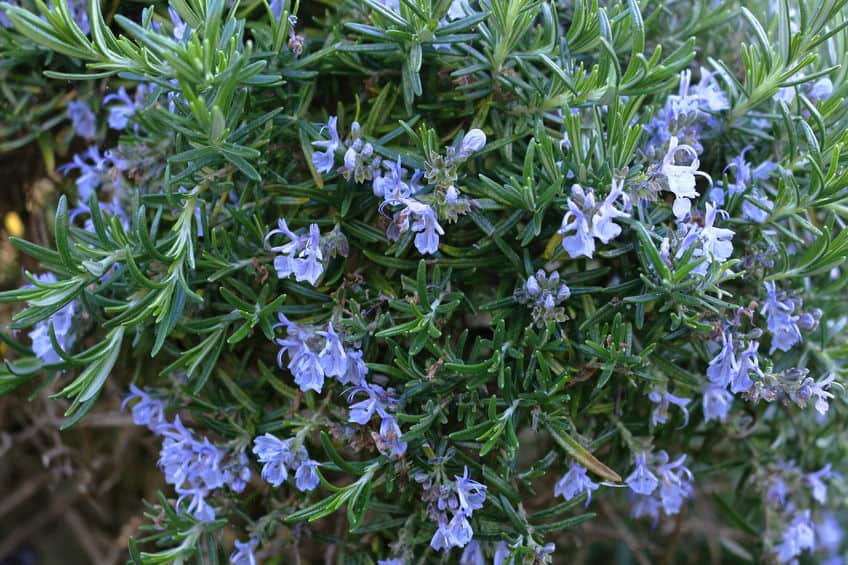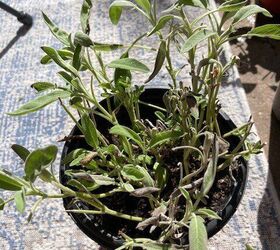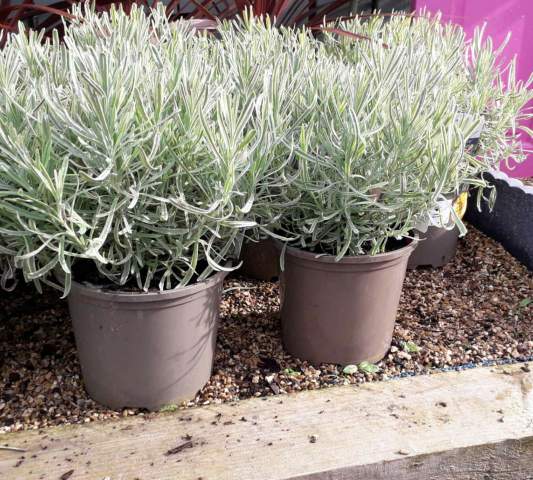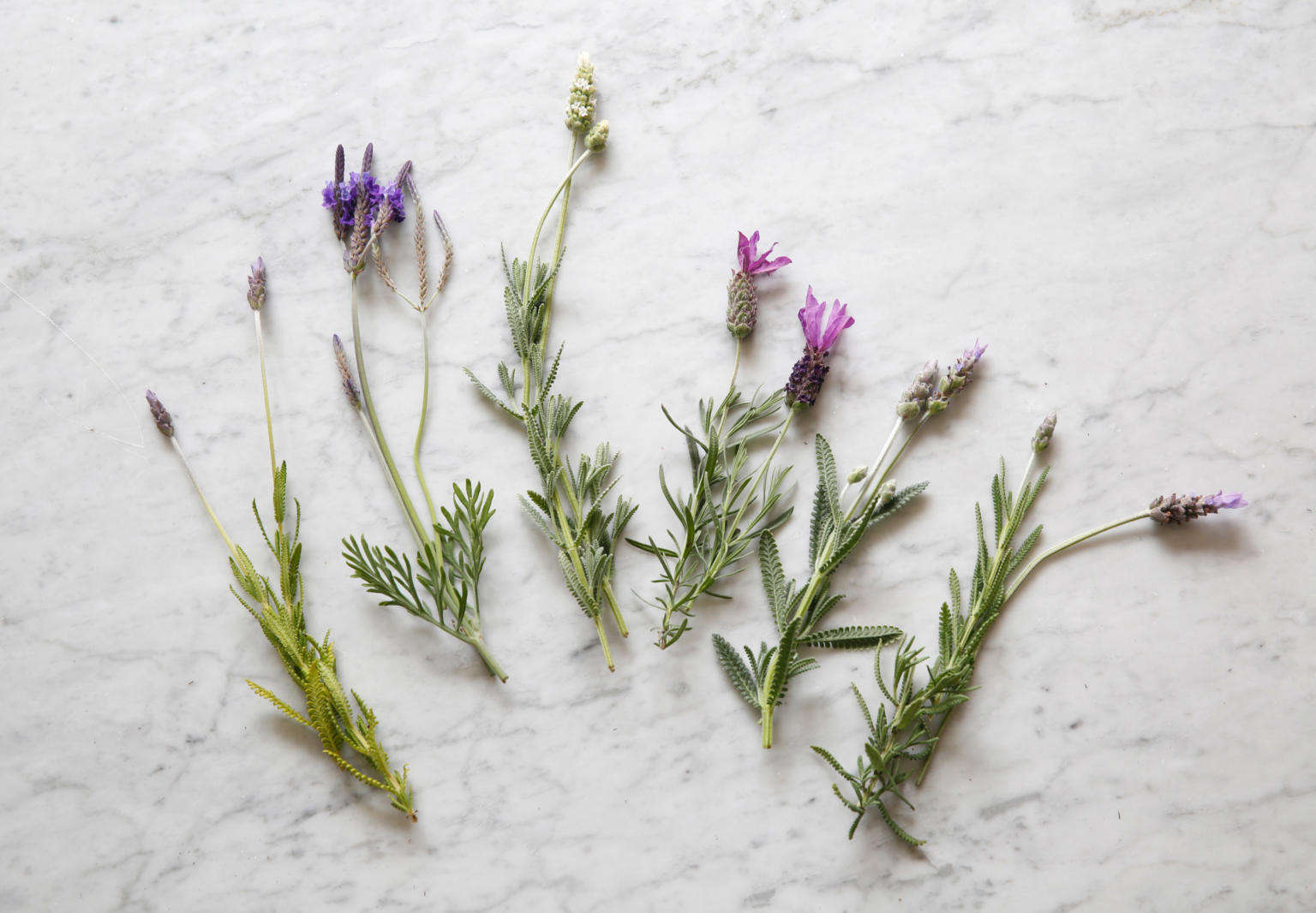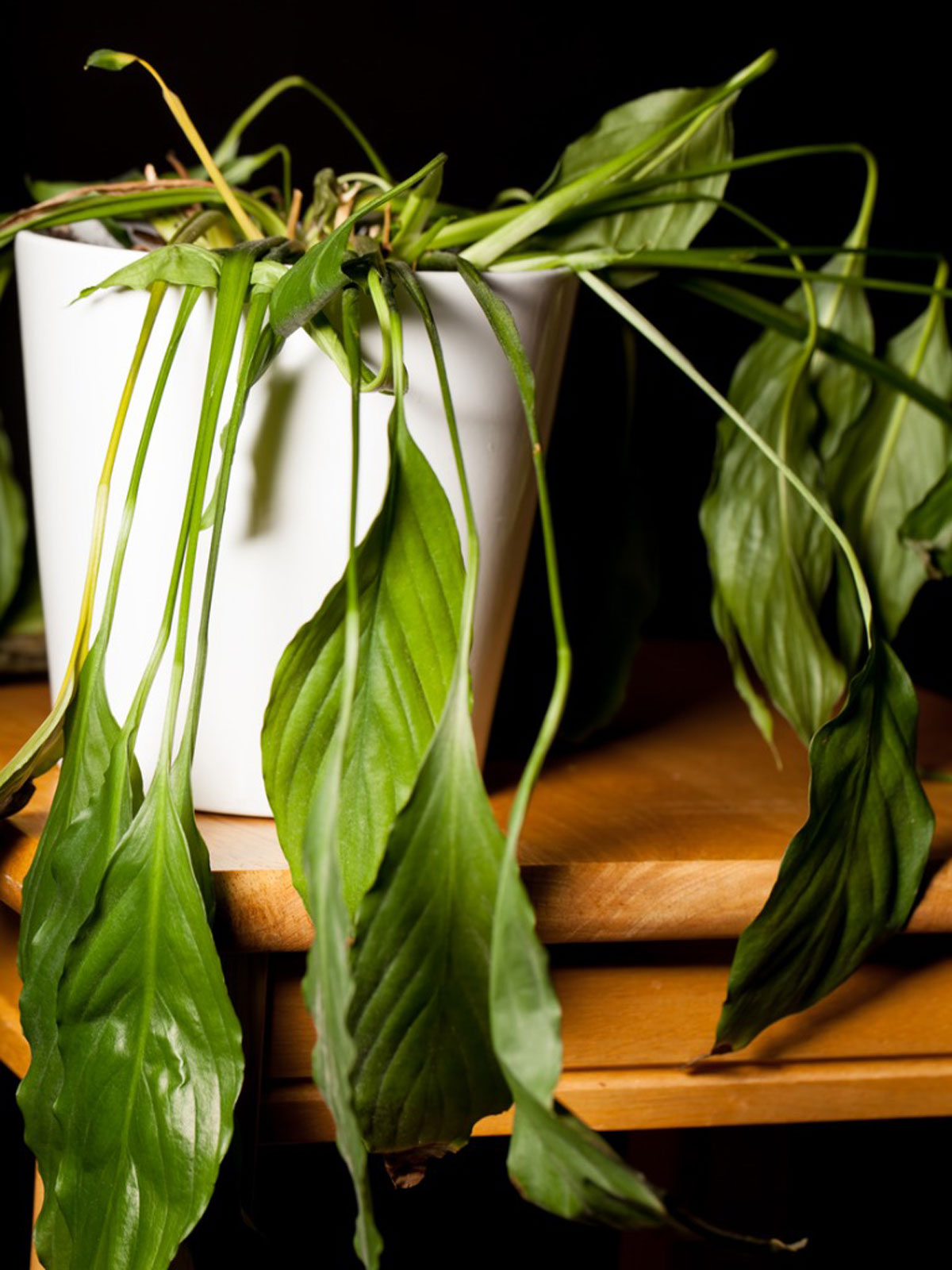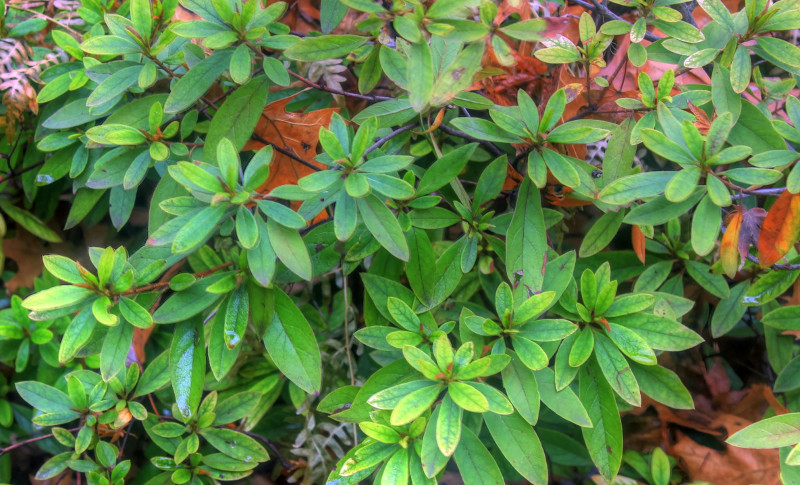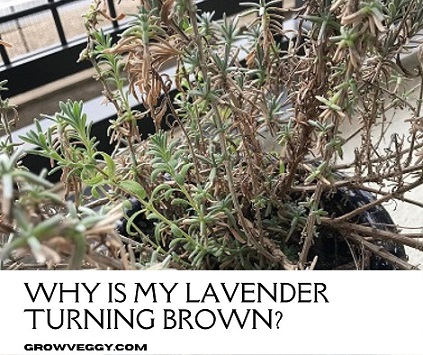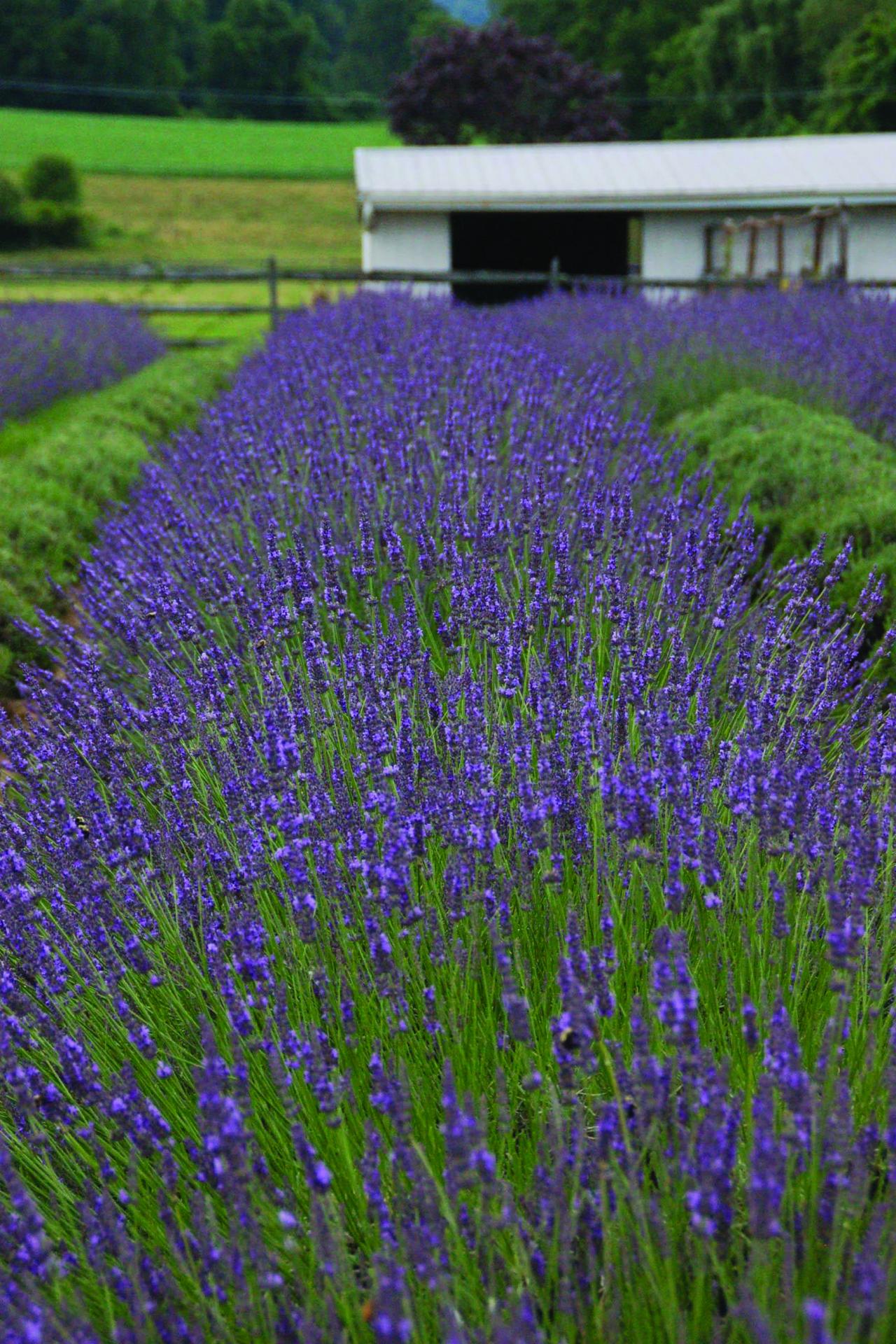Will Lavender Survive in Pots Over Winter?
Depending on the species, your potted lavender may or may not survive the winter. French and Spanish lavenders cannot survive outdoors throughout the winter in locations that experience frost and must be taken within for protection, whilst English lavenders can survive winter in pots and tolerate frosts and cold temperatures. English lavenders are considered hardy …

